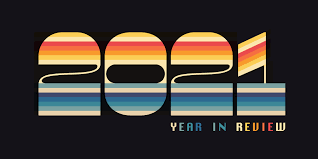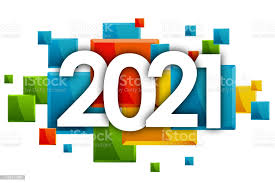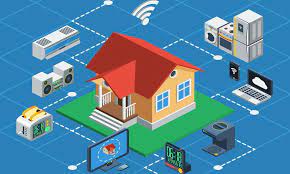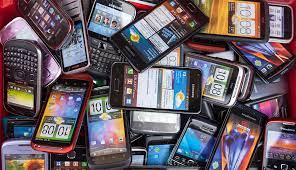Older adults can save tens of thousands of dollars annually by choosing assisted living communities over aging in place in their homes.
Unlike point solutions, Inspiren unifies resident safety, care planning, staffing, and emergency response into a single AI-powered platform.
An artificial intelligence-powered virtual assistant platform for senior living and care providers.
Betting that AI could lighten the clinician load.

 For tech and older adults, the year 2021 was pivotal. It was the year of age-tech gaining AARP visibility as
For tech and older adults, the year 2021 was pivotal. It was the year of age-tech gaining AARP visibility as 2021 – even less travel than previous – so for many, it was the best of times. Not just for Zoom,
2021 – even less travel than previous – so for many, it was the best of times. Not just for Zoom,  Within five years, predictive, proactive and adaptive smart home solutions that support health and wellbeing, comfort and safety, and engagement and entertainment will emerge to meet the needs of older adults, including subscription-based services that are integrated with wearables. Remote configuration and updates will be standard, and health insurers will be interested in smart home technology as a deterrent to hospitalization. With the addition of predictive analytics and machine learning, the home can become a participating caregiver for the oldest and frailest. What are a few of the trends that will make that feasible?
Within five years, predictive, proactive and adaptive smart home solutions that support health and wellbeing, comfort and safety, and engagement and entertainment will emerge to meet the needs of older adults, including subscription-based services that are integrated with wearables. Remote configuration and updates will be standard, and health insurers will be interested in smart home technology as a deterrent to hospitalization. With the addition of predictive analytics and machine learning, the home can become a participating caregiver for the oldest and frailest. What are a few of the trends that will make that feasible? Tech for an aging population – niche or not. November is done. But recent announcements about
Tech for an aging population – niche or not. November is done. But recent announcements about  Age-Tech is in. Perhaps you have seen the Age-Tech term pop up since early 2020, led in the US by by
Age-Tech is in. Perhaps you have seen the Age-Tech term pop up since early 2020, led in the US by by